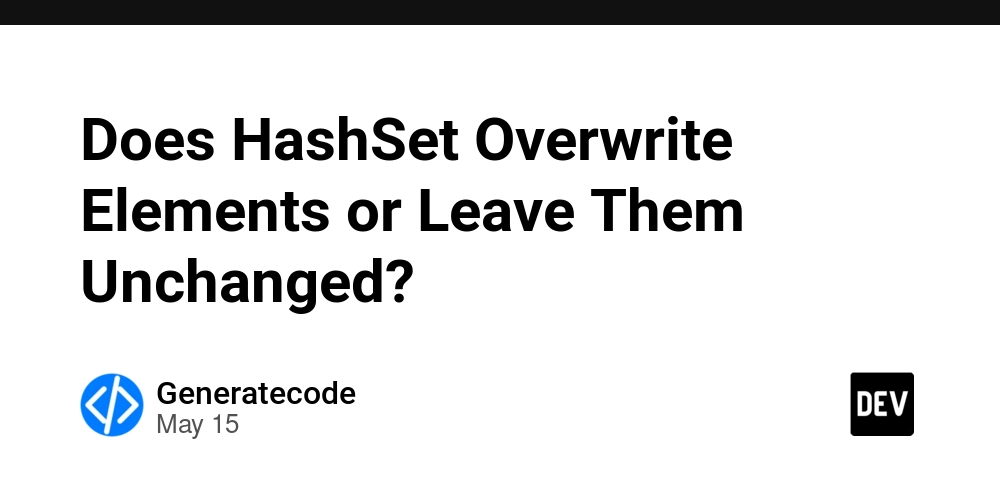Mastering Kubernetes Scheduling: A Comprehensive Guide to Taints and Tolerations
Introduction In Kubernetes, taints and tolerations are mechanisms that allow you to control where pods are scheduled in a cluster. They provide fine-grained control over node-pod placement, ensuring that pods run on appropriate nodes based on specific requirements, such as hardware capabilities, workload priorities, or maintenance schedules. This tutorial explains what taints and tolerations are, how they work, and how to use them effectively with practical examples. Prerequisites Basic understanding of Kubernetes concepts (pods, nodes, scheduling). A Kubernetes cluster (e.g., Minikube, Kind, or a cloud-based cluster like GKE, EKS, or AKS). kubectl installed and configured to interact with your cluster. What Are Taints and Tolerations? Taints A taint is a property applied to a node that repels pods from being scheduled on it unless those pods explicitly tolerate the taint. Taints are useful for reserving nodes for specific workloads, marking nodes with special hardware, or preventing pods from scheduling during maintenance. A taint consists of: Key: A unique identifier for the taint (e.g., dedicated). Value: A value associated with the key (e.g., gpu). Effect: The scheduling behavior (e.g., NoSchedule, PreferNoSchedule, or NoExecute). Tolerations A toleration is a property applied to a pod that allows it to be scheduled on a node with a specific taint. Tolerations match taints based on their key, value, and effect, effectively overriding the taint’s restriction. How They Work Together By default, a tainted node rejects pods unless they have a matching toleration. Tolerations don’t force a pod to schedule on a specific node; they only allow it. Other scheduling factors like node affinity, resource availability, and pod priority still apply. Taints and tolerations are complementary to node affinity, which attracts pods to specific nodes, while taints repel pods. Taint Effects Taints can have one of three effects: NoSchedule: Pods without a matching toleration cannot be scheduled on the node. Existing pods are unaffected. PreferNoSchedule: Kubernetes avoids scheduling pods without a matching toleration, but it’s not strictly enforced (used when strict enforcement isn’t needed). NoExecute: Pods without a matching toleration are evicted from the node immediately, and new pods cannot be scheduled. Why Use Taints and Tolerations? Taints and tolerations are used to: Reserve Nodes: Dedicate nodes for specific workloads (e.g., machine learning or database pods). Leverage Special Hardware: Ensure pods requiring GPUs or high-memory nodes only schedule on compatible nodes. Handle Node Maintenance: Prevent pods from scheduling on nodes undergoing maintenance or upgrades. Isolate Workloads: Segregate critical workloads from non-critical ones to optimize resource usage. Setting Up Taints and Tolerations Step 1: Tainting a Node To apply a taint to a node, use the kubectl taint command. The syntax is: kubectl taint nodes key=value:effect Example: Taint a node named node1 to prevent scheduling unless pods tolerate the taint dedicated=gpu:NoSchedule. kubectl taint nodes node1 dedicated=gpu:NoSchedule Verify the taint: kubectl describe node node1 Look for the Taints field in the output: Taints: dedicated=gpu:NoSchedule Step 2: Adding Tolerations to a Pod To allow a pod to schedule on a tainted node, add a toleration to the pod’s specification in its YAML file. The toleration must match the taint’s key, value, and effect. Example Pod YAML (gpu-pod.yaml): apiVersion: v1 kind: Pod metadata: name: gpu-pod spec: containers: - name: nginx image: nginx tolerations: - key: "dedicated" operator: "Equal" value: "gpu" effect: "NoSchedule" key: Matches the taint’s key (dedicated). operator: Equal (exact match) or Exists (tolerates any value for the key). value: Matches the taint’s value (gpu). effect: Matches the taint’s effect (NoSchedule). Apply the pod: kubectl apply -f gpu-pod.yaml Step 3: Verifying Pod Scheduling Check where the pod is scheduled: kubectl get pods -o wide The pod should be running on node1 because it tolerates the taint. If you create a pod without the toleration, it will remain in a Pending state if no untainted nodes are available. Step 4: Removing a Taint To remove a taint from a node, append a minus sign (-) to the taint command: kubectl taint nodes node1 dedicated=gpu:NoSchedule- Verify the taint is removed: kubectl describe node node1 Advanced Usage Tolerating All Values for a Key You can use the Exists operator to tolerate any value for a specific key. For example: tolerations: - key: "dedicated" operator: "Exists" effect: "NoSchedule" This tolerates any taint with the key dedicated, regardl
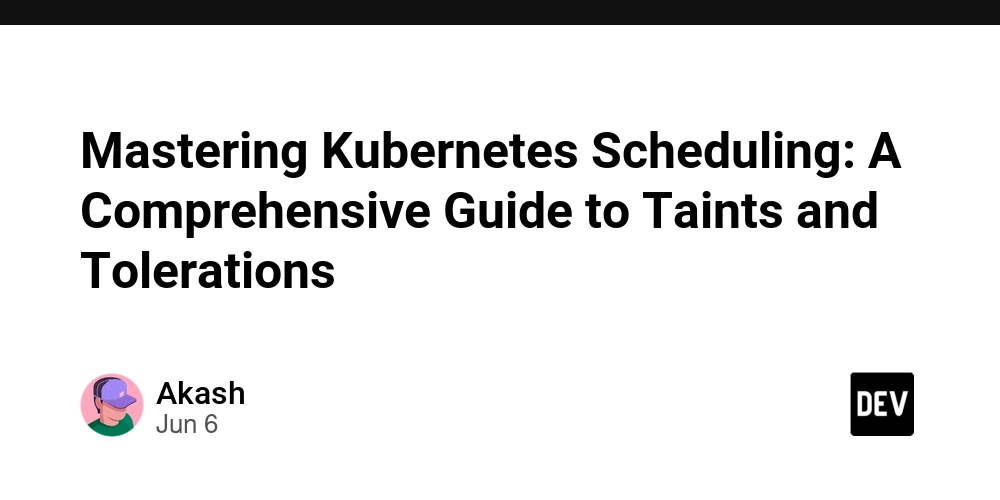
Introduction
In Kubernetes, taints and tolerations are mechanisms that allow you to control where pods are scheduled in a cluster. They provide fine-grained control over node-pod placement, ensuring that pods run on appropriate nodes based on specific requirements, such as hardware capabilities, workload priorities, or maintenance schedules. This tutorial explains what taints and tolerations are, how they work, and how to use them effectively with practical examples.
Prerequisites
- Basic understanding of Kubernetes concepts (pods, nodes, scheduling).
- A Kubernetes cluster (e.g., Minikube, Kind, or a cloud-based cluster like GKE, EKS, or AKS).
-
kubectlinstalled and configured to interact with your cluster.
What Are Taints and Tolerations?
Taints
A taint is a property applied to a node that repels pods from being scheduled on it unless those pods explicitly tolerate the taint. Taints are useful for reserving nodes for specific workloads, marking nodes with special hardware, or preventing pods from scheduling during maintenance.
A taint consists of:
-
Key: A unique identifier for the taint (e.g.,
dedicated). -
Value: A value associated with the key (e.g.,
gpu). -
Effect: The scheduling behavior (e.g.,
NoSchedule,PreferNoSchedule, orNoExecute).
Tolerations
A toleration is a property applied to a pod that allows it to be scheduled on a node with a specific taint. Tolerations match taints based on their key, value, and effect, effectively overriding the taint’s restriction.
How They Work Together
- By default, a tainted node rejects pods unless they have a matching toleration.
- Tolerations don’t force a pod to schedule on a specific node; they only allow it. Other scheduling factors like node affinity, resource availability, and pod priority still apply.
- Taints and tolerations are complementary to node affinity, which attracts pods to specific nodes, while taints repel pods.
Taint Effects
Taints can have one of three effects:
- NoSchedule: Pods without a matching toleration cannot be scheduled on the node. Existing pods are unaffected.
- PreferNoSchedule: Kubernetes avoids scheduling pods without a matching toleration, but it’s not strictly enforced (used when strict enforcement isn’t needed).
- NoExecute: Pods without a matching toleration are evicted from the node immediately, and new pods cannot be scheduled.
Why Use Taints and Tolerations?
Taints and tolerations are used to:
- Reserve Nodes: Dedicate nodes for specific workloads (e.g., machine learning or database pods).
- Leverage Special Hardware: Ensure pods requiring GPUs or high-memory nodes only schedule on compatible nodes.
- Handle Node Maintenance: Prevent pods from scheduling on nodes undergoing maintenance or upgrades.
- Isolate Workloads: Segregate critical workloads from non-critical ones to optimize resource usage.
Setting Up Taints and Tolerations
Step 1: Tainting a Node
To apply a taint to a node, use the kubectl taint command. The syntax is:
kubectl taint nodes key=value:effect
Example: Taint a node named node1 to prevent scheduling unless pods tolerate the taint dedicated=gpu:NoSchedule.
kubectl taint nodes node1 dedicated=gpu:NoSchedule
Verify the taint:
kubectl describe node node1
Look for the Taints field in the output:
Taints: dedicated=gpu:NoSchedule
Step 2: Adding Tolerations to a Pod
To allow a pod to schedule on a tainted node, add a toleration to the pod’s specification in its YAML file. The toleration must match the taint’s key, value, and effect.
Example Pod YAML (gpu-pod.yaml):
apiVersion: v1
kind: Pod
metadata:
name: gpu-pod
spec:
containers:
- name: nginx
image: nginx
tolerations:
- key: "dedicated"
operator: "Equal"
value: "gpu"
effect: "NoSchedule"
-
key: Matches the taint’s key (
dedicated). -
operator:
Equal(exact match) orExists(tolerates any value for the key). -
value: Matches the taint’s value (
gpu). -
effect: Matches the taint’s effect (
NoSchedule).
Apply the pod:
kubectl apply -f gpu-pod.yaml
Step 3: Verifying Pod Scheduling
Check where the pod is scheduled:
kubectl get pods -o wide
The pod should be running on node1 because it tolerates the taint. If you create a pod without the toleration, it will remain in a Pending state if no untainted nodes are available.
Step 4: Removing a Taint
To remove a taint from a node, append a minus sign (-) to the taint command:
kubectl taint nodes node1 dedicated=gpu:NoSchedule-
Verify the taint is removed:
kubectl describe node node1
Advanced Usage
Tolerating All Values for a Key
You can use the Exists operator to tolerate any value for a specific key. For example:
tolerations:
- key: "dedicated"
operator: "Exists"
effect: "NoSchedule"
This tolerates any taint with the key dedicated, regardless of its value.
Toleration Seconds
For NoExecute taints, you can specify a tolerationSeconds field to delay eviction:
tolerations:
- key: "node.kubernetes.io/unreachable"
operator: "Exists"
effect: "NoExecute"
tolerationSeconds: 300
This pod will tolerate the NoExecute taint for 300 seconds before being evicted.
Combining with Node Affinity
Taints and tolerations can be combined with node affinity to ensure pods are both allowed on tainted nodes and preferentially scheduled on specific nodes. Example:
spec:
affinity:
nodeAffinity:
requiredDuringSchedulingIgnoredDuringExecution:
nodeSelectorTerms:
- matchExpressions:
- key: node-role.kubernetes.io/gpu
operator: In
values:
- "true"
tolerations:
- key: "dedicated"
operator: "Equal"
value: "gpu"
effect: "NoSchedule"
Default Tolerations
Kubernetes automatically adds tolerations to pods for certain taints, such as:
node.kubernetes.io/not-ready:NoExecutenode.kubernetes.io/unreachable:NoExecute
These allow pods to tolerate temporary node issues (e.g., network partitions) for a default period (typically 300 seconds).
Practical Example: Dedicating Nodes for GPU Workloads
Scenario
You have a cluster with 3 nodes, one of which has a GPU (node1). You want only GPU-intensive pods to schedule on node1.
Steps
- Taint the GPU Node:
kubectl taint nodes node1 dedicated=gpu:NoSchedule
- Label the GPU Node (for affinity):
kubectl label nodes node1 node-role.kubernetes.io/gpu=true
- Create a GPU Pod:
apiVersion: v1
kind: Pod
metadata:
name: gpu-workload
spec:
containers:
- name: ml-container
image: tensorflow/tensorflow:latest-gpu
affinity:
nodeAffinity:
requiredDuringSchedulingIgnoredDuringExecution:
nodeSelectorTerms:
- matchExpressions:
- key: node-role.kubernetes.io/gpu
operator: In
values:
- "true"
tolerations:
- key: "dedicated"
operator: "Equal"
value: "gpu"
effect: "NoSchedule"
Apply:
kubectl apply -f gpu-workload.yaml
-
Test a Non-GPU Pod:
Create a pod without the toleration and verify it doesn’t schedule on
node1:
apiVersion: v1
kind: Pod
metadata:
name: regular-pod
spec:
containers:
- name: nginx
image: nginx
Apply and check:
kubectl apply -f regular-pod.yaml
kubectl get pods -o wide
The regular-pod will be Pending or scheduled on a non-tainted node.
Common Issues and Troubleshooting
-
Pod Stuck in Pending: Check if the pod lacks a toleration for a tainted node (
kubectl describe pod). -
Unexpected Evictions: Verify if a
NoExecutetaint was applied and ensure pods have appropriate tolerations. -
Taint Not Applied: Confirm the node name and taint syntax are correct (
kubectl describe node).
Best Practices
- Use descriptive keys and values for taints (e.g.,
dedicated=databaseinstead ofkey1=value1). - Combine taints with node affinity for precise scheduling.
- Monitor cluster taints and tolerations to avoid misconfigurations (
kubectl get nodes -o custom-columns=NAME:.metadata.name,TAINTS:.spec.taints). - Document taint usage in your cluster to ensure team alignment.
Conclusion
Taints and tolerations are powerful tools for managing pod placement in Kubernetes. By tainting nodes and adding tolerations to pods, you can enforce scheduling policies that optimize resource usage, isolate workloads, and handle special requirements like GPU nodes or maintenance. Experiment with the examples in this tutorial on your cluster to gain hands-on experience.
For further reading, refer to the Kubernetes documentation on taints and tolerations.





















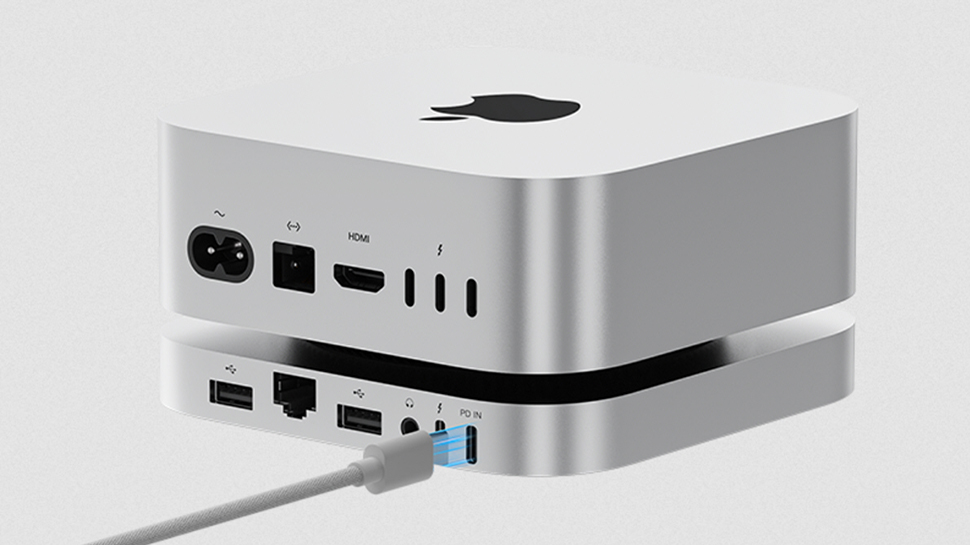





















































































































































![[The AI Show Episode 151]: Anthropic CEO: AI Will Destroy 50% of Entry-Level Jobs, Veo 3’s Scary Lifelike Videos, Meta Aims to Fully Automate Ads & Perplexity’s Burning Cash](https://www.marketingaiinstitute.com/hubfs/ep%20151%20cover.png)














































































































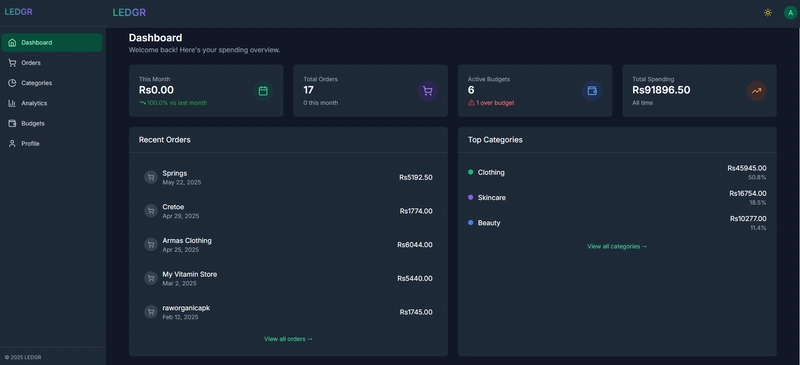











![[FREE EBOOKS] Solutions Architect’s Handbook, Continuous Testing, Quality, Security, and Feedback & Four More Best Selling Titles](https://www.javacodegeeks.com/wp-content/uploads/2012/12/jcg-logo.jpg)





![From electrical engineering student to CTO with Hitesh Choudhary [Podcast #175]](https://cdn.hashnode.com/res/hashnode/image/upload/v1749158756824/3996a2ad-53e5-4a8f-ab97-2c77a6f66ba3.png?#)






































































































































_Michael_Vi_Alamy.jpg?width=1280&auto=webp&quality=80&disable=upscale#)










































































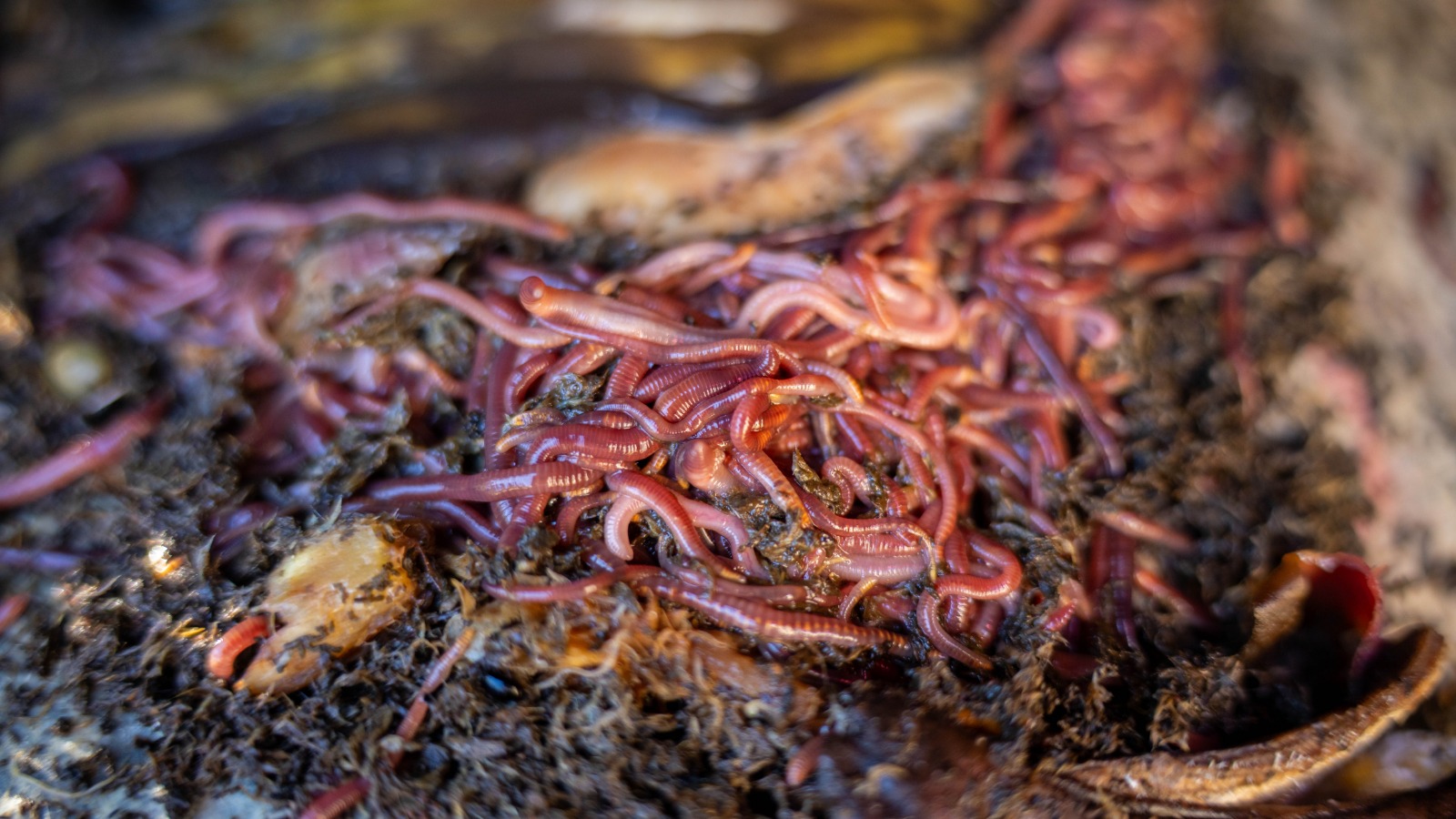

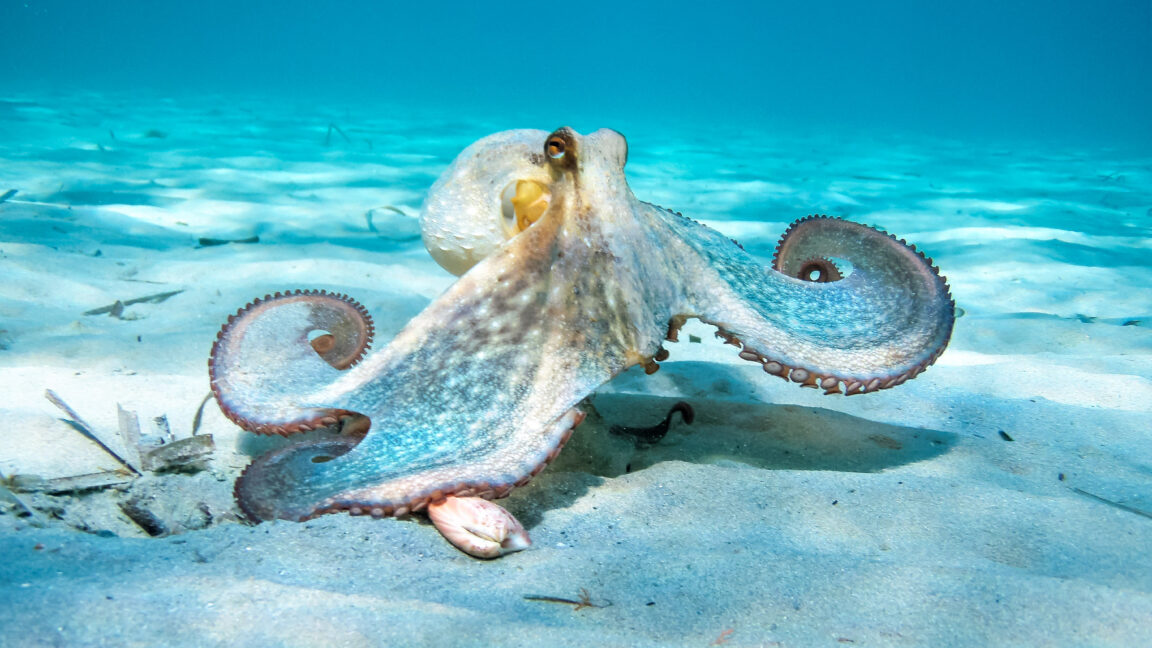











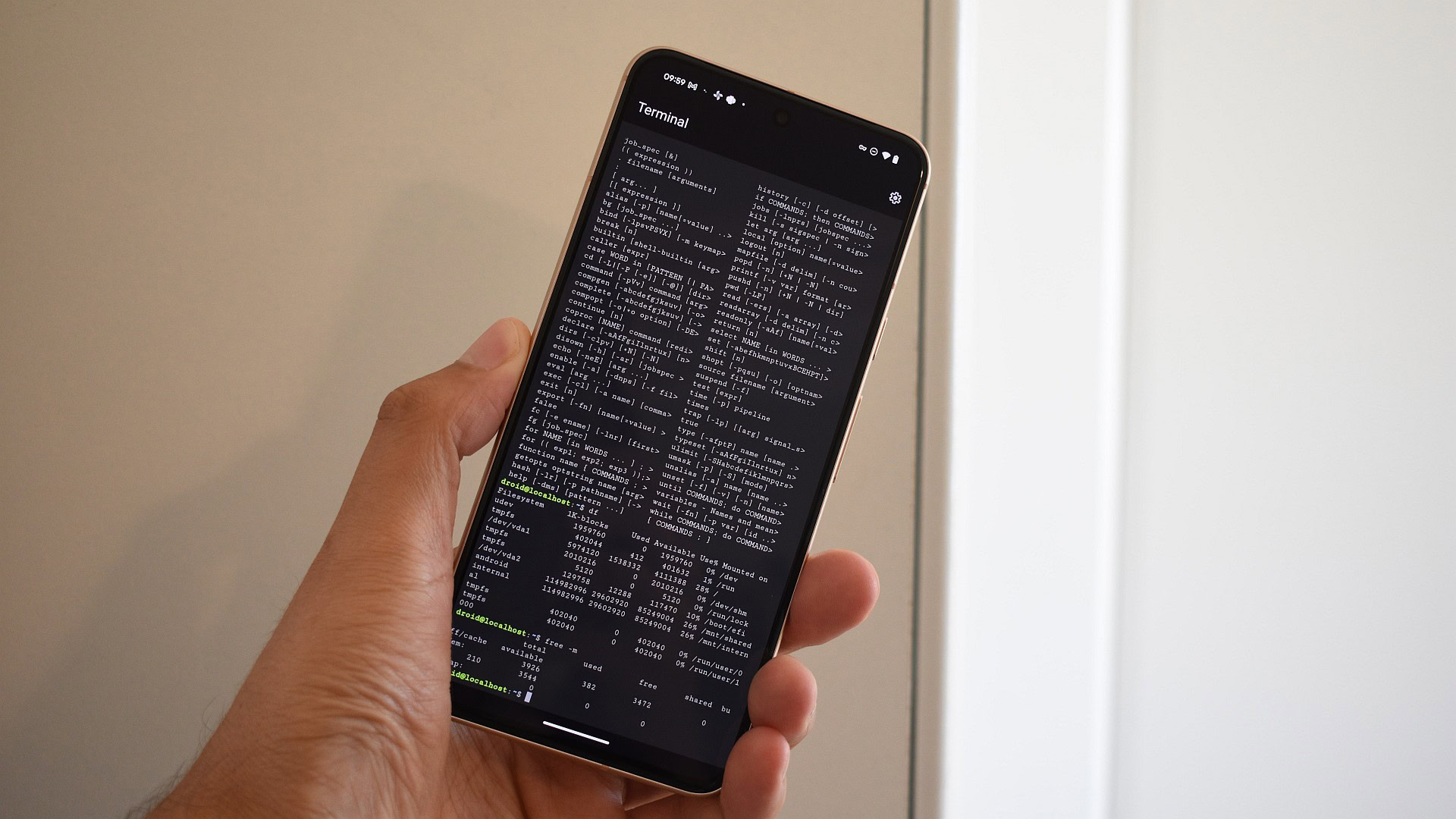



















![UGREEN FineTrack Smart Tracker With Apple Find My Support Drops to $9.99 [50% Off]](https://www.iclarified.com/images/news/97529/97529/97529-640.jpg)

![watchOS 26 May Bring Third-Party Widgets to Control Center [Report]](https://www.iclarified.com/images/news/97520/97520/97520-640.jpg)



































































